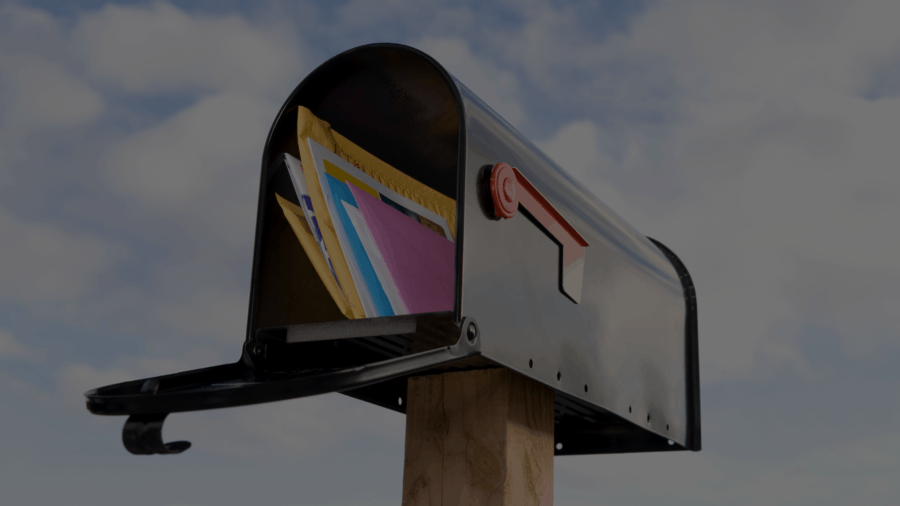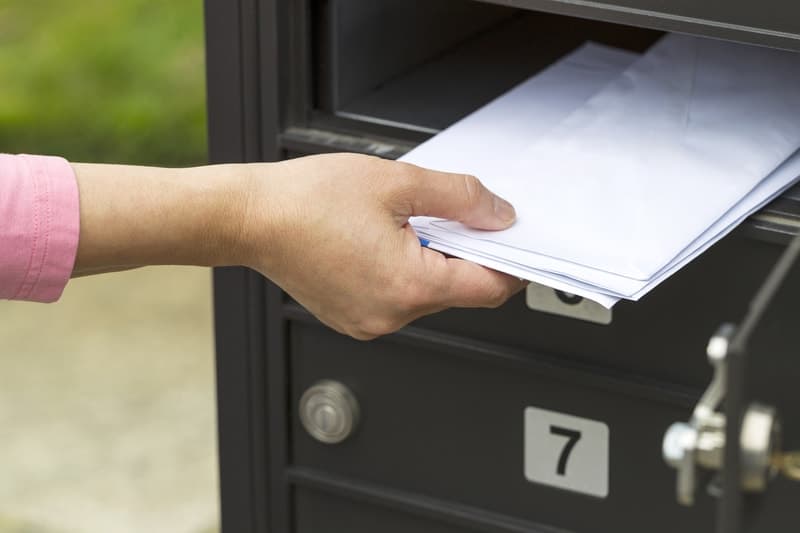What Will Happen to the Mail If the Receiver Died?
If you have a dead receiver or loved one, you may be wondering what will happen to the mail. Luckily, there are some simple steps you can take to ensure your loved one’s mail is not buried. These include notifying the Post Office, forwarding mail, and using the Return to Sender function.
(Looking for outsource print and mail services? Contact us today!)

Managing email accounts after a death
In the event of a death, it’s important to decide what happens with email accounts. While you can leave instructions to your loved ones, you may not want to give someone else the login information to your account. Doing so may violate the terms of service of your email provider. Also, you can only give someone else access to your email account for as long as the email provider thinks you’re still alive. Once they learn that you’re no longer alive, most email providers suspend your account.
If you’re unable to leave instructions in your will, you can leave login credentials for a trusted person. You can also contact your email provider and set up a plan to delete inactive accounts after your death.
Notifying the Post Office
It is important to notify the Post Office if the person who receives your mail has passed away. This will help to ensure that your loved one does not receive unwanted mail. There are several methods to forward mail after a deceased person dies. One method is to change the recipient’s address with USPS. This process is fairly simple and only lasts for one year. Once that period is over, you can stop forwarding mail altogether.
To permanently stop receiving mail after a person passes away, you must notify the Post Office of their death. To do this, you must send a legal document from their executor. This document is not sufficient – it must also be signed by the executor of the deceased person’s estate. This document should be sent to your local post office branch. A staff member there will process your request.
Forwarding mail
If the receiver of a letter has passed away, the person who shared his or her address with the deceased can request that the post office forward his or her mail. The post office will honor the request for up to one year. If you shared an address with a deceased person, you can also forward the mail directly to the executor of his or her estate. To do this, write the word “Forward To” in block letters on the envelope, cross out the receiver’s address, and then write the executor’s address in block letters. The mail carrier will then pick up the envelope and forward it to the executor’s address.
When you’re trying to forward mail after a death, you need to know the legal requirements. You need to provide proof that you’re the Executor of the estate, and you need to fill out a Change of Address form. If you’re not sure what to fill out on the form, the USPS website offers a helpful checklist to help you get started.
Return to Sender function
If you shared a mailing address with someone, you can use the Return to Sender function to ensure that your correspondence gets delivered to the right person. If the receiver died unexpectedly, you should use this function to return any mail to the sender. This function will send a signal to all receivers connected to the sender. It will not be called if there is an error.

